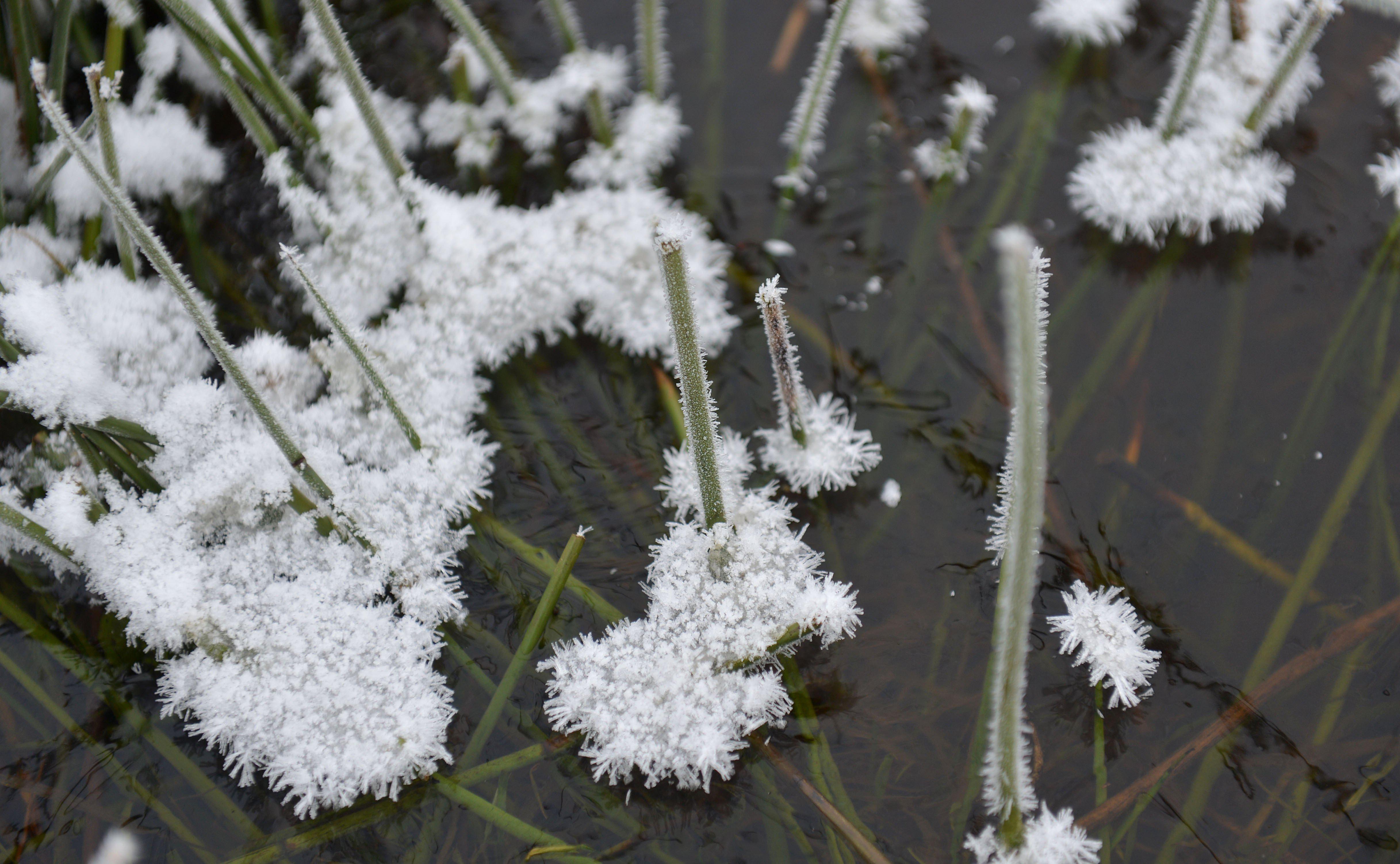This question originally appeared on Quora.
Answer by Ron Maimon:
This is a famous historical question sometimes associated with Democritus, although this might be apocryphal. Why are phase-transitions sharp and discontinuous? Why do the properties change discontinuously at a sharply defined temperature?
This is one of the most visible signs at the human scale that there are really atoms down there; the other is the simple shapes of crystals. The molecules are statistical, they are moving around, and they have tendencies to stick and unstick. In a phase transition of the sort of water freezing, at precisely the transition temperature, the atoms can all be stuck and jittering a little bit—this is one stable state. Or they can all be unstuck, and this is another stable state. Both are statistically stable. If you start stuck in a stuck environment, you stay stuck; if you start unstuck, you stay unstuck. But the transition from one form to another only happens at a boundary, where there is a surface with water molecules all stuck together on one side and water molecules all unstuck on the other.
Away from a surface with a stuck environment, the pattern of sticking and unsticking in the water is not qualitatively different at the transition temperature—the ice is not formed locally at all, when there is nothing around for it to form on. It is just that both statistical configurations are equally likely at this given temperature, but the alternate configuration is invisible if you are in the other bulk phase—you never see it.
This means that ice is only formed stably around other ice or around something else that can act as a seed. Water stays liquid right up until the freezing point and a bit below too, because you need to set up a little ice seed to make the phase transition happen. It doesn’t have to be an ice seed—it could be a side of the container, a dust particle, a bacterium, or something that the ice can start growing on. Without this, you need to wait for a seed to show up from statistical fluctuations in the water, and if the temperature is only slightly less than the transition temperature, this takes forever. If you keep supercooling water below 0 degrees Celcius, at some point, a seed will form statistically, and then you are likely quite a bit below, and the water will violently freeze very quickly as the seed grows.
In a discontinuous phase transition such as this, molecules stick to make the ice grow around the seed if you take heat out, or else ice unsticks into the water. But there is no smooth transition between the two phases. In other cases, like water and vapor at the high pressures and temperatures of the critical point, the transition is second-order and smooth so that the water can go back and forth from liquid to gas without boiling.
The smooth transitions are most interesting, because at the transition point, the statistical fluctuations are very wild and fractal. This was the focus of physics in the 1970s and 1980s; this kind of phase transition was studied earlier by Onsager and Landau, but the major breakthrough came with Widom, Kadanoff, Fisher, and Wilson in the late 1960s and early 1970s.
More questions on Physics:
